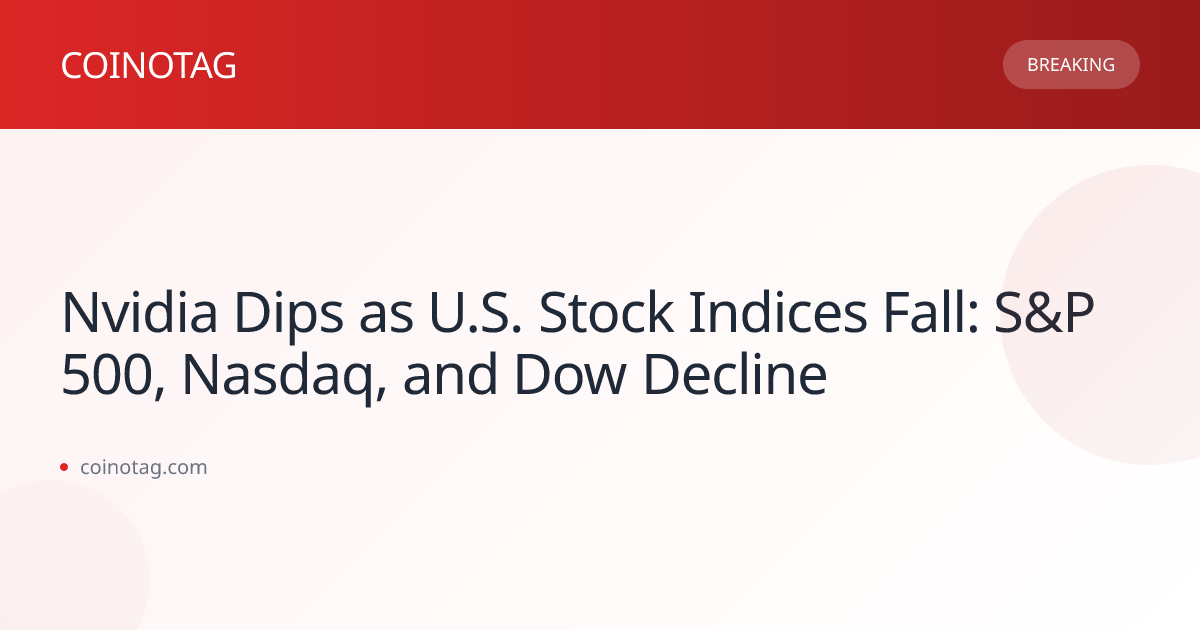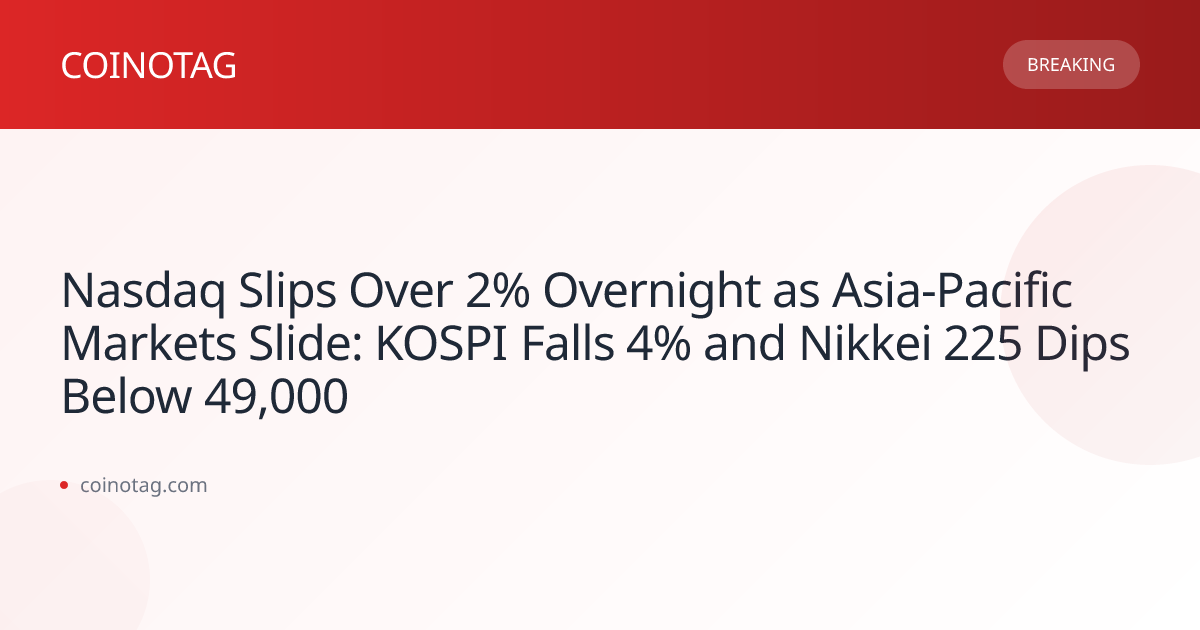
BitcoinWorld Google AI Scam Protection Expands in India: Critical Gaps Leave Millions Vulnerable As digital fraud surges across India, Google is deploying advanced AI security measures that could revolutionize how millions protect their finances. With cryptocurrency transactions becoming increasingly mainstream, these new protections arrive at a critical moment when scammers are targeting both traditional and digital asset holders with sophisticated schemes. How Google AI Scam Protection Works in India Google’s latest security initiative brings two powerful weapons against digital fraud: on-device scam detection using Gemini Nano AI and screen-sharing alerts for financial applications. The on-device approach represents a significant privacy advancement, as call analysis happens locally without recording audio or transmitting data to external servers. The Alarming Rise of Digital Fraud in India Recent statistics reveal the urgent need for enhanced security measures. The Reserve Bank of India reported that digital transaction fraud accounted for over half of all bank fraud cases in 2024, with 13,516 incidents causing losses of ₹5.2 billion. Even more concerning, the Ministry of Home Affairs estimates online scams resulted in approximately ₹70 billion in losses during just the first five months of 2025. Year Reported Cases Financial Loss 2024 13,516 cases ₹5.2 billion 2025 (First 5 months) Unspecified ₹70 billion Pixel 9 Scam Detection: Powerful but Limited Google’s real-time scam detection feature represents cutting-edge AI security technology, but its current implementation faces significant limitations in the Indian market: Device restriction: Only available on Pixel 9 and later models Language barrier: English-only warnings and functionality Market penetration: Pixel devices hold less than 1% market share in India Default settings: Feature is off by default and requires user activation Screen-Sharing Alerts Combat Financial App Fraud Google’s partnership with Navi, Paytm, and Google Pay addresses one of the most common fraud techniques: screen-sharing scams. Fraudsters convince victims to share their screens during calls to steal one-time passwords, PINs, and other sensitive credentials. The new alerts provide: Immediate notification when screen sharing is detected One-tap option to end calls and stop sharing Compatibility with Android 11 and later devices Future support for Indian languages Why Android Security Faces Unique Challenges in India With Android dominating nearly 96% of India’s smartphone market, Google’s security measures must scale to protect hundreds of millions of users. The company has implemented additional protections through Play Protect, which blocked over 115 million suspicious app installation attempts this year alone. Google Pay also surfaces more than one million weekly warnings for potentially fraudulent transactions. Critical Gaps in Google’s Fraud Protection Strategy Despite these advancements, significant vulnerabilities remain that leave millions of Indian users exposed: Device fragmentation: Limited Pixel availability excludes most Android users Language limitations: English-only features ignore India’s multilingual reality App store vulnerabilities: Fake and misleading apps still bypass review processes Underreporting: Many fraud victims never report incidents due to confusion or embarrassment What’s Next for AI-Powered Security in India? Google has confirmed plans to expand scam detection to non-Pixel Android devices and add more financial app partners. The company’s DigiKavach awareness campaign has already reached over 250 million people, while collaboration with the Reserve Bank of India has produced a public list of authorized digital lending apps to help consumers identify legitimate services. FAQs: Google’s AI Security Expansion in India Which devices support Google’s on-device scam detection? Currently, only Pixel 9 and later models support this feature in India. Which financial apps are included in the screen-sharing alert pilot? The pilot includes Navi , Paytm , and Google Pay . How does Google’s AI detect potential scams? The system uses Gemini Nano to analyze call patterns and content on-device without recording audio or sending data to servers. What language support is available for these security features? Initial implementation is English-only, but Google plans to add Indian language support for screen-sharing alerts. How effective has Google Play Protect been against fraudulent apps? The service blocked over 115 million suspicious installation attempts this year and restricts predatory loan apps through sideloading prevention. Google’s expanded AI security measures represent a significant step forward in combating digital fraud, but the current limitations highlight the challenges of protecting a diverse and rapidly digitizing market like India. As cryptocurrency adoption grows alongside traditional digital payments, comprehensive protection that addresses device diversity, language needs, and evolving scam tactics will be essential for building trust in India’s digital economy. To learn more about the latest AI security trends, explore our article on key developments shaping AI-powered fraud prevention features and institutional adoption. This post Google AI Scam Protection Expands in India: Critical Gaps Leave Millions Vulnerable first appeared on BitcoinWorld .
Bitcoin World
You can visit the page to read the article.
Source: Bitcoin World
Disclaimer: The opinion expressed here is not investment advice – it is provided for informational purposes only. It does not necessarily reflect the opinion of BitMaden. Every investment and all trading involves risk, so you should always perform your own research prior to making decisions. We do not recommend investing money you cannot afford to lose.
Crypto Fear & Greed Index Plunges to 14: What Extreme Fear Means for Your Investments

BitcoinWorld Crypto Fear & Greed Index Plunges to 14: What Extreme Fear Means for Your Investments Are you feeling the tension in cryptocurrency markets? The Crypto Fear & Greed Index just registered at 14, indicating extreme fear among investors. This crucial sentiment indicator has climbed only three points from yesterday’s reading, keeping the market firmly in panic territory. What Exactly is the Crypto Fear & Greed Index? The Crypto Fear & Greed Index serves as the market’s emotional thermometer. It measures investor sentiment on a scale from 0 to 100, where 0 represents maximum fear and 100 indicates extreme greed. Currently sitting at 14, we’re witnessing one of the most fearful periods in recent memory. This powerful tool calculates market emotions using multiple factors: Volatility (25% weighting) Market momentum and volume (25%) Social media sentiment (15%) Survey data (15%) Bitcoin dominance (10%) Search trends (10%) Why Should You Care About Extreme Fear Levels? When the Crypto Fear & Greed Index hits extreme fear levels, it often signals potential buying opportunities. Historically, periods of maximum fear have preceded significant market rebounds. However, understanding the underlying causes is crucial for making informed decisions. The current reading suggests investors are reacting to several factors including regulatory uncertainty, macroeconomic pressures, and recent market volatility. This collective anxiety creates a market environment where even positive news might be overlooked. How Can You Use This Information Strategically? Monitoring the Crypto Fear & Greed Index provides valuable insights for both short-term traders and long-term investors. During extreme fear periods, consider these approaches: Dollar-cost averaging into quality projects Setting clear risk management parameters Avoiding emotional decision-making Researching fundamentally strong assets Remember that the Crypto Fear & Greed Index measures current sentiment, not future performance. While it’s a useful tool, it should complement your broader investment strategy rather than dictate it. What Does History Tell Us About Fear Cycles? Previous instances where the Crypto Fear & Greed Index reached similar extreme fear levels often marked significant turning points. However, timing the market perfectly remains challenging. The key lies in maintaining perspective and sticking to your investment plan. Market sentiment tends to move in cycles. Extreme fear typically gives way to neutral sentiment before transitioning to greed. Understanding these patterns can help you navigate volatile periods more effectively. Conclusion: Navigating the Fear Waters The Crypto Fear & Greed Index at 14 clearly signals widespread investor anxiety. While this creates short-term challenges, it also presents opportunities for disciplined investors. By understanding market sentiment indicators and maintaining emotional control, you can make more informed decisions during turbulent times. Frequently Asked Questions What does a Crypto Fear & Greed Index of 14 mean? A reading of 14 indicates extreme fear in cryptocurrency markets. This suggests most investors are pessimistic and selling pressure may be high. How often is the Crypto Fear & Greed Index updated? The index updates daily, providing regular insights into changing market sentiment patterns. Can the Crypto Fear & Greed Index predict price movements? While it doesn’t predict prices directly, extreme readings often coincide with potential market turning points based on historical patterns. Is the Crypto Fear & Greed Index reliable for investment decisions? It’s best used as one tool among many in your analysis, not as a standalone investment signal. What’s the difference between fear and greed in crypto markets? Fear drives selling during downturns, while greed fuels buying during rallies – both represent emotional extremes that can create opportunities. How long do extreme fear periods typically last? Duration varies widely, from several days to multiple weeks, depending on market conditions and catalyst events. Found this analysis helpful? Share this article with fellow investors who could benefit from understanding the Crypto Fear & Greed Index and help them navigate these fearful market conditions. To learn more about the latest crypto market trends, explore our article on key developments shaping Bitcoin price action and institutional adoption. This post Crypto Fear & Greed Index Plunges to 14: What Extreme Fear Means for Your Investments first appeared on BitcoinWorld . Bitcoin World

Bitcoin Mean Reversion Oscillator Prints First Green Oversold Bar in Months – A Classic Bull-Market Bottom Signal
Bitcoin continues to struggle around the $90K level as the market battles intense selling pressure and widespread fear. Short-term sentiment remains fragile, with investors reacting to rapid price swings and mounting downside volatility. Yet, beneath the noise, key on-chain metrics are beginning to show signs that the correction may be nearing exhaustion. Related Reading: Nearly 7M Bitcoin Now Sitting At A Loss: Highest Unrealized Pain Since January 2024 According to analyst On-Chain Mind, Bitcoin’s Mean Reversion Oscillator has just printed its first green oversold bar in months, a signal that has historically aligned with late-stage retracements during bull markets. This oscillator measures how far price has deviated from its cyclical mean, helping identify when Bitcoin becomes overstretched to the downside. Each time this indicator dipped into its green oversold zone in previous cycles, Bitcoin was either forming a macro bottom or preparing for a significant rebound. The fact that this signal has appeared while BTC consolidates above $90K — despite severe profit-taking, forced liquidations, and structural fear — suggests that strong hands may be quietly absorbing supply. Historical Bottom Signals Align as Macro Tailwinds Strengthen On-Chain Mind explains that Bitcoin’s current Mean Reversion Oscillator reading aligns closely with historical patterns seen during bull market retracements. Each time the oscillator dipped into the green oversold zone while the 35 line held, Bitcoin formed a cyclical bottom before resuming its upward trajectory. This line has acted as a structural support level across multiple market cycles, and the fact that it is holding once again reinforces the idea that strong hands are stepping in as weaker participants capitulate. According to On-Chain Mind, when this indicator flashes green during an ongoing bull market, it often marks textbook accumulation territory — the kind of opportunity that appears only a few times per cycle. The current setup resembles previous late-stage pullbacks rather than the beginning of a prolonged bear trend. Adding to this outlook, NVIDIA’s blowout earnings delivered a major confidence boost to U.S. equities. With revenue and guidance far exceeding expectations, the results signal that AI-driven demand remains strong. In broader macro terms, such strength in tech leadership often spills over into higher-risk assets like crypto, improving liquidity and investor sentiment. Related Reading: Bitcoin Capitulation Deepens Around $90K Level: Classic Late-Stage Fear Structure Emerging Testing Support as Momentum Begins to Stabilize Bitcoin’s latest daily chart shows price attempting to stabilize after a sharp multi-week decline, with BTC currently trading near $92,000. This level is acting as a temporary support zone following the breakdown from the $100K area, where sellers aggressively dominated order books. The chart reveals a series of lower highs and lower lows — a classic short-term downtrend structure — but the recent candlesticks hint at reduced selling momentum compared to the peak pressure seen earlier in November. The 50-day and 100-day moving averages have both turned downward, reflecting weakening short-term trend strength, while the 200-day MA remains far below price, highlighting that the broader bullish cycle may not be invalidated yet. Importantly, the current candle structure shows smaller bodies and longer lower wicks, suggesting buyers are beginning to absorb sell-side liquidity around the $90K–$92K region. Related Reading: XRP Supply In Profit Falls to 58.5% – Lowest Since 2024 Despite Higher Price Volume profiles also support this shift. While capitulation-like spikes occurred during the heaviest drop, trading activity has now normalized, indicating panic selling is cooling off. Historically, such deceleration after a steep leg down often precedes a relief bounce, even if volatility persists. Featured image from ChatGPT, chart from TradingView.com Bitcoin World











